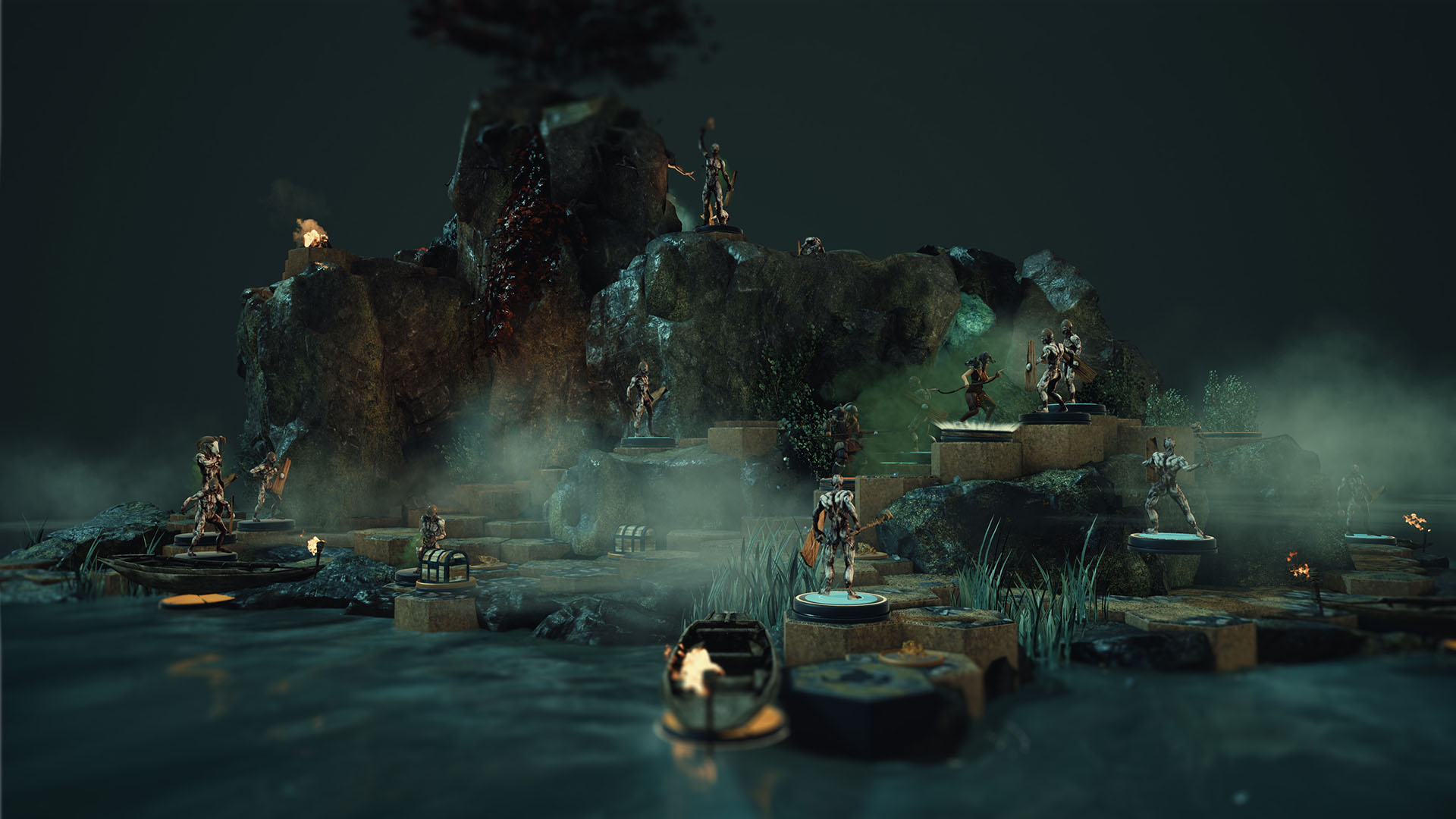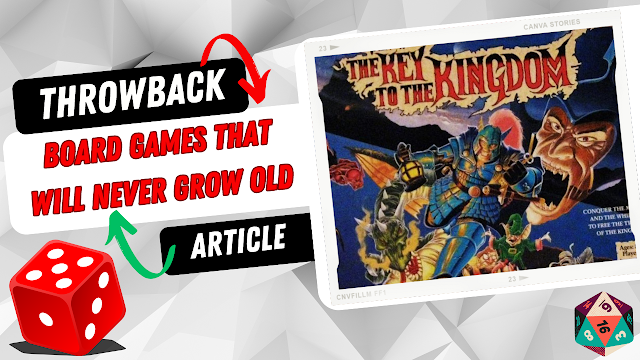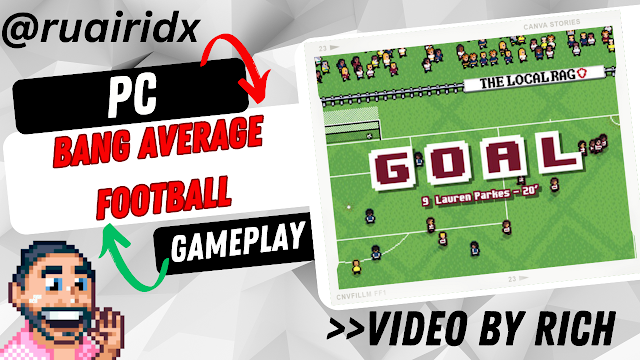I was really excited about Wartile. I am a huge fan of strategy games like XCOM, Age of Empires, 8-Bit Armies etc. and have been since the 90s (playing Command & Conquer Red Alert over LAN was an experience).
Like Sun Tzu, the art of war is in my blood. And that blood has been spilt on many a virtual battlefield. The strength of the war games I love is that they combine narrative and visual richness and complexity around a straightforward main structure and controls.
I don’t want to have to thumb through a 3,776-page instruction manual just so I can push my glasses up my nose, and opine to myself (in the voice of Professor Frink),
‘The elven war cannon has a maximum range of, erm, 12 furlongs, but limited to only 10 when your opponent’s homeworld is rotating at 34 degrees precisely’.
Like Sun Tzu, the art of war is in my blood. And that blood has been spilt on many a virtual battlefield. The strength of the war games I love is that they combine narrative and visual richness and complexity around a straightforward main structure and controls.
I don’t want to have to thumb through a 3,776-page instruction manual just so I can push my glasses up my nose, and opine to myself (in the voice of Professor Frink),
‘The elven war cannon has a maximum range of, erm, 12 furlongs, but limited to only 10 when your opponent’s homeworld is rotating at 34 degrees precisely’.
That sort of complexity certainly has its place in gaming, of course. Mostly in the D&D world, for me. I have spent days with friends working out the rules of board games like Massive Darkness, with an actual playing time of approximately eleven minutes.
The main problem with Wartile is this balance is not there for me. The game looks like a board game, unapologetically so. And it’s beautiful. Coastlines, mountains, and cave scenes are all recreated in front of you, and you are immediately drawn in.
The main problem with Wartile is this balance is not there for me. The game looks like a board game, unapologetically so. And it’s beautiful. Coastlines, mountains, and cave scenes are all recreated in front of you, and you are immediately drawn in.
There are hexagonal playing tiles and the same shaped playing pieces, marked out like a physical game. Playing pieces are mainly soldiers, heroes or otherwise and move a few tiles at a time, attacking enemies on adjacent tiles.
But, it’s not turn-based. Which may seem like a bad idea. And that’s BECAUSE IT IS.
So, you spend every battle constantly clicking to move your pieces around (and you have several to manage), while keeping an eye on skills and spells you can use (which are shown in the form of collectable playing cards), but I found the text on the cards too small to read (on a 40 inch TV) and hard to know when to use them correctly because you can’t take time away from player movement to think about anything else.
It also seemed impossible to tell how battles were going as player health is not clear at all, so you can be very close to success or failure without realising (and therefore not able to use one of your ability cards to get you out of danger…
It also seemed impossible to tell how battles were going as player health is not clear at all, so you can be very close to success or failure without realising (and therefore not able to use one of your ability cards to get you out of danger…
I’ve seen some positive reviews of Wartile, so it’s possible this old battle-weary veteran just chose a game that didn’t chime with his tastes.
To my mind, this is an opportunity wasted. Wartile could be an excellent board game or an excellent RTS war game, but in trying to be both, is neither.
To my mind, this is an opportunity wasted. Wartile could be an excellent board game or an excellent RTS war game, but in trying to be both, is neither.









No comments:
Post a Comment
Like what you see in the Games Freezer?
Why not tell us what you think with a few well-chosen comments? :)
Note: only a member of this blog may post a comment.